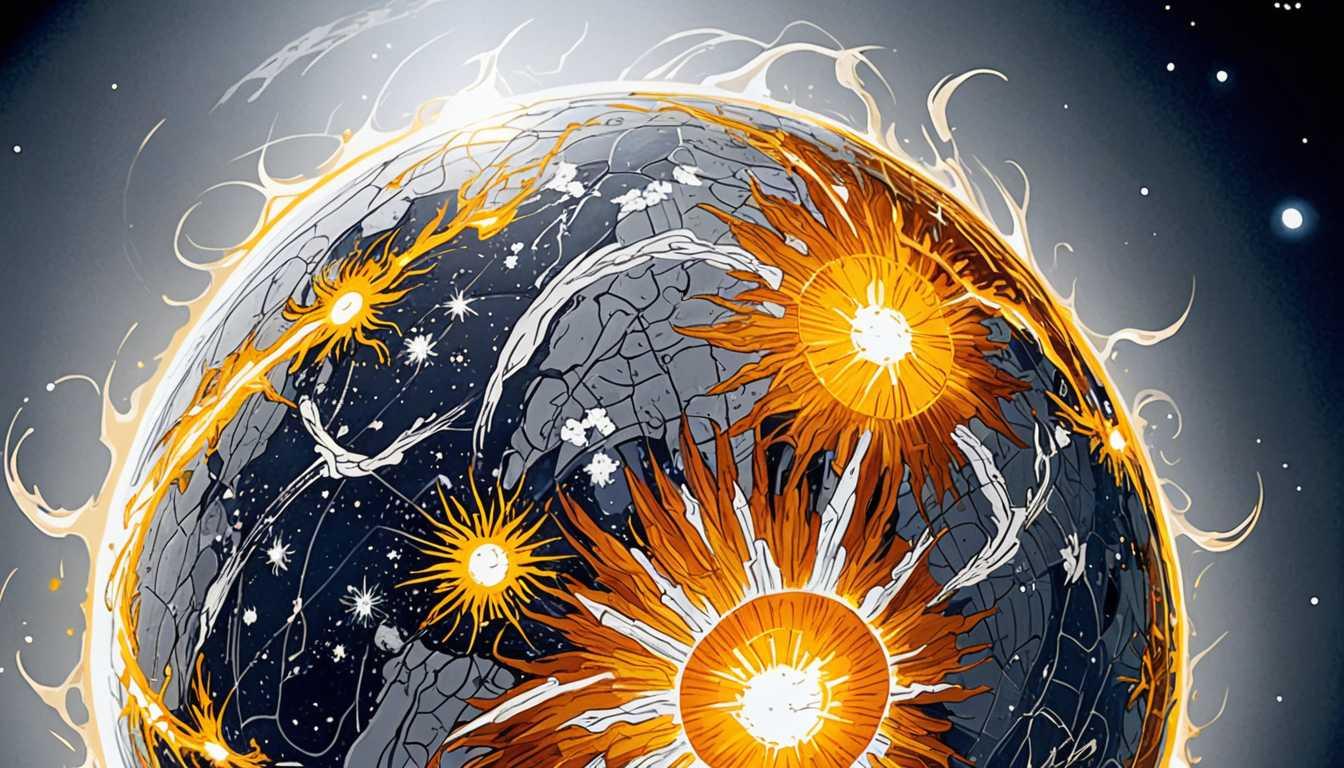Warp Drive: Dream or Destiny?
July 2023
JSTOR Daily
Introduction
Ever wondered if we could zoom across the galaxy like in Star Trek? JSTOR Daily dives into the sci-fi dream of warp drive technology, where spaceships travel faster than light by bending space itself! Sadly, current science gives the idea a thumbs down, citing the laws of physics and the massive challenge of negative energy. But don't lose hope—history shows us that 'impossible' today might just be tomorrow's breakthrough. Warp into the full article for a brain-tingling exploration of space, science, and the power of imagination!
READ FULL ARTICLEWhy It Matters
Discover how this topic shapes your world and future
Zooming Beyond Light Speed
Imagine being able to travel across the galaxy, visiting distant stars and exploring new worlds, all within a matter of days or even hours. This is the dream that Star Trek's warp drive presents to us - a technology that bends the very fabric of space to allow faster-than-light travel. Why does this matter? It challenges our current understanding of physics and sparks imagination about the future of space exploration. For you, as a budding scientist, engineer, or dreamer, it's a call to think beyond the limits of today's knowledge. The quest for a warp drive isn't just about the technology itself; it's about pushing the boundaries of what we believe is possible, encouraging us to dream big and work towards making those dreams a reality. This topic connects to you by inspiring a sense of wonder and possibility, urging you to explore the unknown and contribute to the advancements of tomorrow.
Speak like a Scholar
Warp drive
A hypothetical technology that allows for faster-than-light travel by bending space around a spacecraft.
General relativity
Einstein's theory that describes gravity as the warping of space and time by mass and energy.
Mass
In physics, the quantity of matter in a body, which causes it to have weight in a gravitational field.
Energy
The capacity to do work, which can take various forms (e.g., kinetic, potential, thermal) and can be transformed from one form to another.
Negative energy
A theoretical concept where a region of space contains less energy than the vacuum of space itself.
Theoretical physics
A branch of physics that uses mathematical models and abstractions to explain and predict natural phenomena.
Independent Research Ideas
Exploring the possibilities of warp drive technology
Dive into the theories behind warp drives, examining the balance between science fiction and scientific plausibility. What breakthroughs would be necessary to make it a reality?
The role of negative energy in theoretical physics
Investigate the concept of negative energy and its applications beyond warp drives, such as in quantum mechanics and cosmology. How does it challenge our current understanding of the universe?
Einstein's theory of general relativity and space travel
Explore how Einstein's theory could pave the way for innovations in space travel, including the potential for wormholes or bending space for faster-than-light travel.
The impact of theoretical physics on science fiction
Analyze how theoretical physics has inspired science fiction writers and filmmakers, focusing on the interplay between scientific advancements and creative storytelling.
Future technologies inspired by science fiction
Research how science fiction has historically influenced real-world technological advancements and speculate on which current sci-fi technologies might become reality in the future.
Related Articles

Light's Quantum Leap in Time
April 2023
Imperial College London

Unraveling Universe's First Light
July 2023
Stanford University

Racing Solar Storms: Saving Satellites
April 2024
MIT Technology Review

Tuning Into the Cosmos's Secrets
September 2023
Stanford University

Nanowires: Mimicking Human Memory
April 2023
The University of Sydney